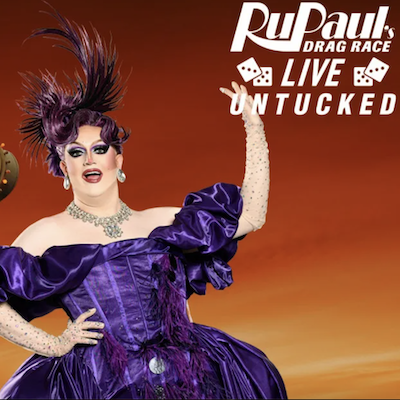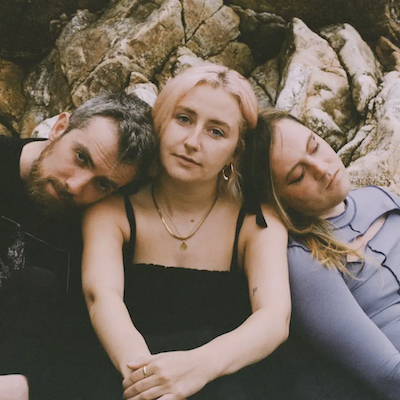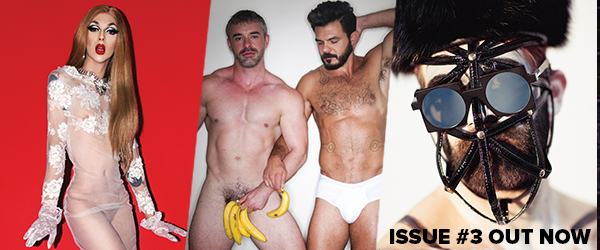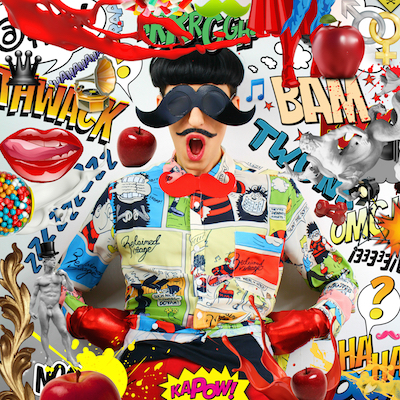
"I love villains. They all have a past and learned how to let go of what people think of them. They are empowering figures. "
Having just been named one of the 15 LGBT personalities of the year by ULISEX Magazine, Nuno Roque is a vaudevillian acid trip of an artist whose work spans the entire spectrum of mediums (acting, singing, sculpting, miming, painting…you name it!) With his use of gender non-conformity, pop cultural imagery and theatrics, you can’t help but super glue your eyes to him and enjoy. Justin Gray had a chance to chat with Nuno about his art, his life, fashion and of course…that moustache!
You’re from Portugal, you’ve studied in Brazil and you now currently live in Paris, how have each of these locations inspired your work?
I learned different art forms in these different places. I studied acting and theatre in Portugal, cinema in Brazil, dance, mime and directing in Paris. I’ve always felt the need to know different cultures. I played in Portugal’s biggest venues during my childhood, so I learned there how to put on a show. Brazil has been a huge influence to me musically. But it was in Paris where I became who I am, and found a place to express myself. I’m a multidisciplinary artist, and here I can make my music, films, sculptures, photography, clothing, shows,… Everything about Paris inspires me, the beautiful and the ugly.
Your moustache is a signature in your personal iconography. What drew you to that particular look?
My moustache is my mask, like the red nose is the clown’s mask. It’s a live collage. It’s always there, independently of the character I’m playing or specific work I’m doing. Moustaches associate vanity with masculinity and they express confidence. I guess I always identified with the villains from the old Hollywood films and cartoons. I love villains because they all have a past, and learned how to let go of what people think of them. They are empowering figures. You never know who they really are, and it’s the same with me.
I like to blur the lines between reality and fiction. A lot of people don’t know this, but my moustaches are made with my real hair and handcrafted in my studio. They don’t grow naturally on that spot. So, they’re mine, but they’re not real.
Being a child singer in Portugal, you’ve stated that your ‘childhood was a drag show.’ Later on when you were working with Opéra National de Montpellier on La Traviata (2010) you were in drag, and now with My Cake the Prince character is in drag as well. Has gender fluidity always been something that is comfortable for you?
Absolutely, I was raised as a girl, and although I knew I was a boy, I never felt there was a conflict. But after years of being treated differently, excluded and bullied, I realized people had a problem with it. When I was just a child singing on TV, some channels had complaints. A boy looking like a girl was somehow very offensive. I struggled to understand that as a child; seeing how people could hate me or insult me on the street, not because of who I was, but the way I looked. I learned early on what it feels like when someone takes a part of you, magnifies it and turns it into a reason to be violent. In My Cake, The Prince is a nightmarish version of Disney’s Snow White being attacked by dozens of poisoned apple for not fitting the usual ‘Prince’ standard. It’s about exposing gender double standards. I will never stop mixing the two genders.
My Cake highlights four of your personalities; do you find the piece to be cathartic for you?
Yes, I looked at myself and saw there were 4 different sides of the same person. I gave them names: The Prince, The Boy, The Villain and The Joker. They are very different from one another, and now I’m writing pop songs, where I give each one of them space to come out, and say what they have to say. ‘The Boy’ songs are very orchestral and sweet, but ‘The Joker’ songs are becoming very electronic, aggressive, megalomaniac and multilingual. I can’t wait to share this project.
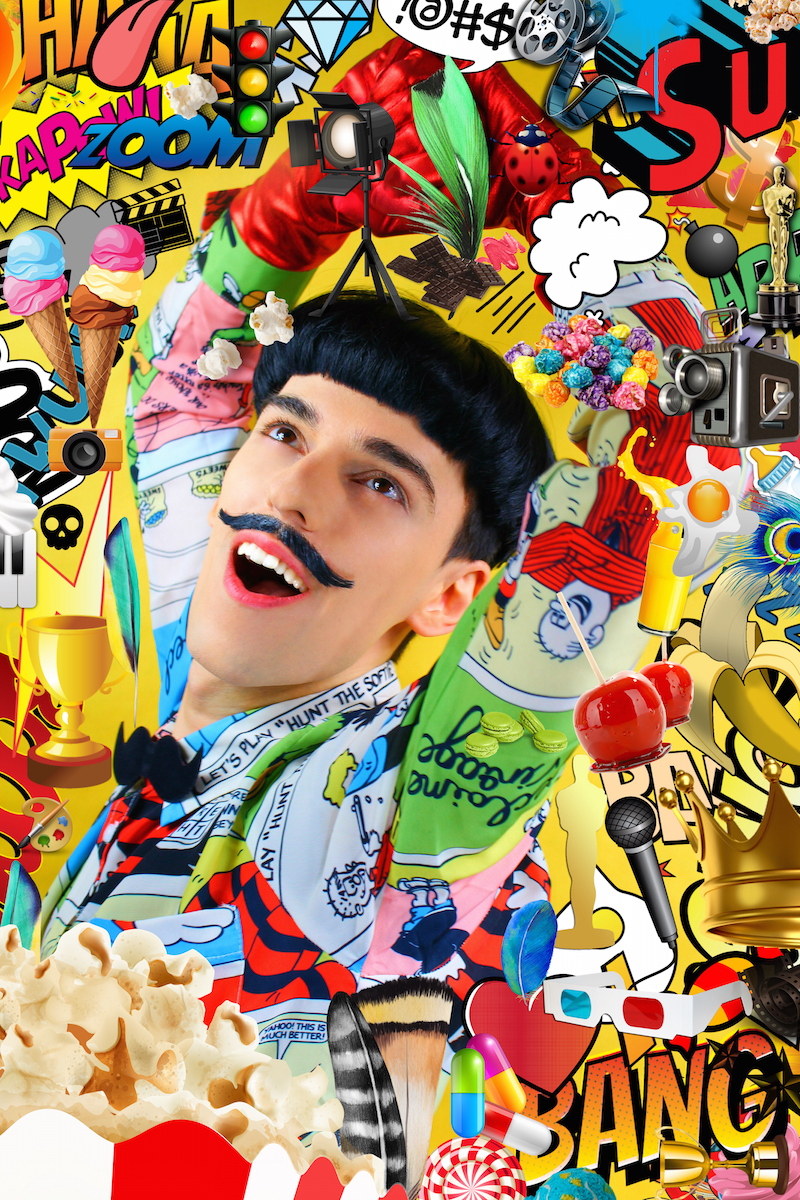
Do you think of your past as a child star to be something you avoid incorporating into your current work or do you embrace it?
I never look back because I’m afraid of missing out on the present moment. It’s strange to be so young and have a huge past. But I feel I’m just getting started. I’m always doing something I’ve never done before. For a while I was shocked by my childhood and decided I couldn’t sing anymore. I became a mime and moved to France where no one would recognize me. I’ve tried everything I could to be anonymous, but suddenly my performances and artworks were on the news again. Little by little my voice came back and needed to be heard so I started writing new music. I feel reincarnated. I love the idea of reincarnation, so just in case it doesn’t exist, I decided to be different people in the same lifetime.
You’ve mentioned that fashion is an inspiration for you, who are a few designers that have been a muse for you?
For me, every week is a fashion week. I make a lot of my own clothes and accessories, like my mustache bow ties. But fashion is very unequal, women are always better served. Did you notice on the award shows, women can dress anything, but men all look the same? It’s a way of imprisoning men to an old standard of masculinity. I don’t like that. So, I like designers who push men to a new idea of masculinity, more kind and creative, a place where you won’t be judged to embrace your femininity. I love designers who are theatrical and not trying to fit in, like Jeremy Scott, John Galliano, Thom Browne, Gaultier and Milena Canonero.
Have you been affected by a negative review of your work? Or do you view them as motivation to excel further in your next pieces?
My work is my greatest passion, and the most important thing for me is the fans. I’m like a circus standing on two legs. I go where they go. I like originality and risk taking. And in the end, rebels and risk takers will always be seen as awkward first, but they are the ones who can change the world. Sometimes people can be negative, especially about my confidence. I trust myself, I refuse to obey, and I noticed there is a need to punish me for it. But haters are important because they show you you’re doing something right. I’m scared of unanimity, artists who everybody likes. When you speak your mind and you’re loud, you will attract negativity. But I have thick skin, I think the fact that I was severely bullied in my childhood helped me build strength and believe in my artistic vision. I deal with rejection very well. I have a lifelong vision and an unbreakable spirit.
Who have been your artist role models?
My first memories are from the stage, so I never became a fanatic for other artists because I was never in the audience. I never felt starstruck and I’m not easily impressed. I met presidents and movie starts very early on. But I love the ridicule, and artists who show nobody is above it. I also look up to everybody who has created works bigger than life, people who bring fantasy and emotion to our lives like Chaplin, Disney, Wilde, Barry Humphries, Tarantino, Oscar Niemeyer, Wes Anderson, Agnes Jaoui, Jean-Pierre Jeunet, Kaws, Toilet Paper, and so many more. And to be fair, even artists who are not as good are also influential to me. I learn a lot from other people’s mistakes.
Music is very relevant to your work, who are some artists that you pull inspiration from or would like to have the opportunity to work with in the future?
I pull musical inspiration from films, cartoons, Brazilian funk, pop and electronic music, and from classical pieces, like operas and operettas. I would love to work with people who have a total approach to their art and a visual world to their music. Artists who are generous and give all they have to the public. Daft Punk and Madonna seem to be like that, to name a couple.
And in closing, what is your absolute favorite Mariah Carey song?
‘Obsessed’. ‘I’m the press conference, you’re a conversation.’ How more Mariah can you get?
Photos Popcorn & Apples by Nuno Roque



